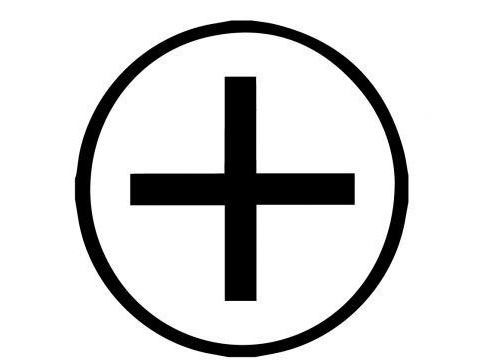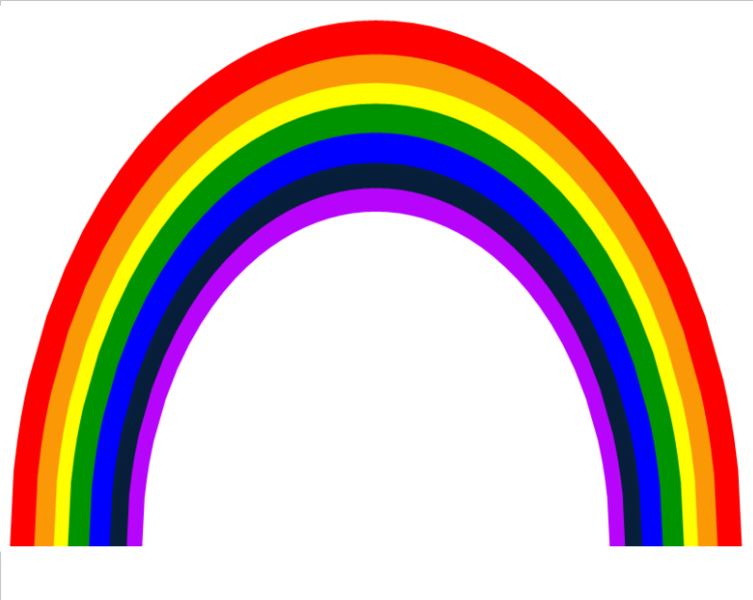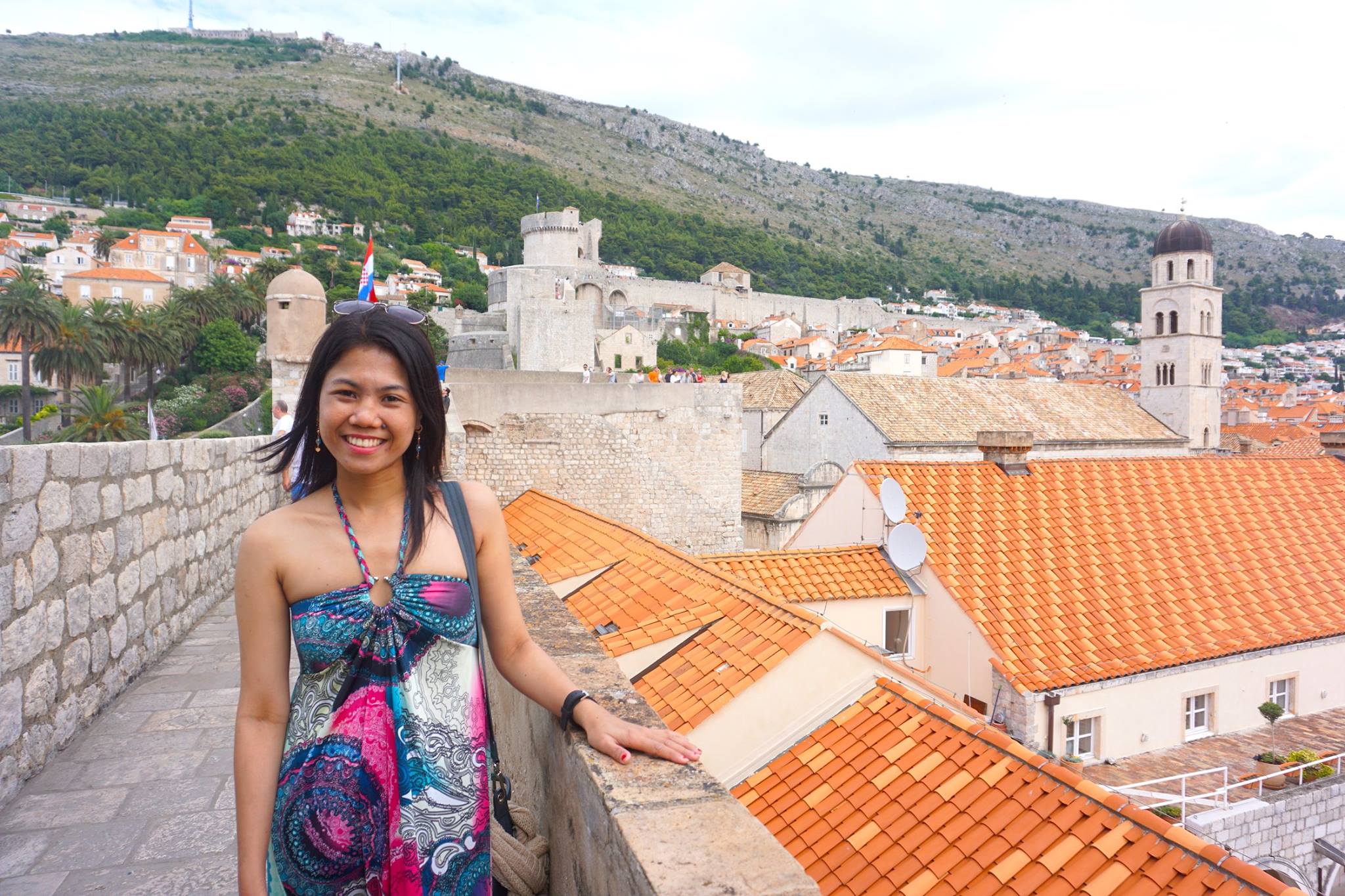Are you looking for Celtic symbols for luck?
For centuries, the ancient Celts, a fascinating culture that thrived in the British Isles and parts of Europe, believed in the power of symbols to bring good fortune and protection. Celtic art and spirituality were deeply intertwined, and their intricate symbols held profound meanings that connected them to the natural world and the spiritual realm.
The shamrock, a clover with three leaves, is one of the most recognizable Celtic symbols because of its association with good fortune. The Celtic knot is another well-known symbol of the Celts, appearing frequently in jewelry and other decorative things due to its complexity and beauty. They are supposed to symbolize how everything in the universe is linked together.
Related Read:
Crosses, rainbows, and four-leaf clovers are also common emblems of good fortune in Celtic culture. The Celts considered these signs powerful amulets that might improve their fortune in any endeavor.
Today, we’ll learn more about the history and other significance of these Celtic Symbols for luck. Even in modern times, many people seek out these symbols in the hope that they will bring them prosperity.
Things you'll find in this article
8 Celtic Symbols For Luck

1. Celtic Knot

Image by: RootOfAllLight, CC BY-SA 4.0, via Wikimedia Commons
The Celtic knot is a symbol with an elegant and ornate design that is frequently used in jewelry, clothing, and other decorative goods. This is thought to signify a variety of things, including luck, love, and eternity.
One of the most prevalent interpretations of the Celtic knot is that it represents good fortune. The intricate design of the knot is thought to capture and keep good luck close. The knot is sometimes worn as a charm or talisman to bring good fortune to its user.
The Celtic knot is also often connected with love. The knot’s intricate design is thought to symbolize the interwoven lives of two people. Items with this design are frequently given as a gift to couples to represent their love and devotion to one another.
Related Read: The Celtic Knots (Different Types And Meanings)
2. Celtic Cross

Although the cross is commonly associated with Christianity today, Celtic mythology suggests it dates back many centuries earlier. The emblem incorporates a Celtic circle into the center of a familiar Christian cross design.
A popular explanation is that it was a symbol of the Celts’ aspirations and goals, reflecting the four cardinal directions and the elements of earth, air, water, and fire.
Sometimes the arms of the cross were even, which was taken to represent the hours of morning, afternoon, evening, and night. Numerous pre-Christian Celtic tombstones have been discovered with similar crosses, lending credence to the notion.
The Celtic Cross may have been designed by Saints Patrick and Declan, who attempted to convert the pagan druids to Christianity. The saints of Ireland fused the sun, which the Irish considered a source of life, with the cross. The point was to demonstrate that two worldviews may coexist happily and productively.
The Emery Celtic Cross, at 100 meters in length, is the largest and most prominent example of the Celtic Cross in Ireland today.
Over a decade ago, Liam Emery fashioned the cross from two different kinds of pine trees. The landscape has developed into one of Ireland’s most popular tourist destinations due to its stunning natural beauty.
Related Read: Celtic Cross; The History Of The Irish Cross
3. The Ailm

The Ailm is a traditional Celtic design that stands for fortitude and perseverance. The goddess Brigid, the sun, and the rebirth cycle are also linked to this symbol.
The Ailm is a symbol of luck and protection that is also believed to bring material success, physical well-being, and emotional fulfillment to its bearer.
The Ogham alphabet, used by the Celts, includes the letter Ailm as its twenty-first symbol. Each letter in the Ogham alphabet represents a tree from the natural world. The silver fir tree, which the Ailm is named for, is a symbol of power and longevity.
The Ailm has solar connotations as well. The evergreen nature of the silver fir means that it retains its green color throughout the year. Therefore, it represents the sun, which is a symbol of rebirth and vitality.
4. Four-leaf Clover

Image by: Nevit Dilmen, CC BY-SA 3.0, via Wikimedia Commons
Many cultures see the four-leaf clover as a symbol of good fortune, but its significance in Celtic tradition is especially strong.
Love, faith, hope, and luck were all represented by the four leaves of the clover in Celtic culture. They also thought the four-leaf clover could protect against evil and provide good fortune because of its mystical properties.
It is a mutation of the more common three-leaf clover that produces the four-leaf variety. Only about one in every ten thousand clovers has four leaves. Because of its rarity, the four-leaf clover is associated with good fortune. The four-leaf clover is seen as a symbol of good fortune.
For good fortune, many Irish people look to the four-leaf clover. The patron saint of Ireland, St. Patrick, is commonly credited with its creation.
The three-leaf clover is a symbol of the Holy Trinity, which St. Patrick supposedly used to teach the Irish about the faith. Because the fourth leaf represents God’s favor, the four-leaf clover is considered an even more potent emblem of luck.
The four-leaf clover is a common token of good fortune given to those who seek it. It’s a common token of appreciation for significant life events like birthdays, weddings, and anniversaries.
The four-leaf clover isn’t just a lucky charm, but a lovely accent for any room. It’s a gentle reminder that fortune can be found in the unlikeliest of places.
5. Rainbow

Image by: don_iain, CC BY-SA 3.0, via Wikimedia Commons
One of the popular features in Irish legends is the rainbow. And yet, they are not nearly as well recognized. That’s partly because the symbol is rarely used in historical contexts. But it’s a big deal in stories about leprechauns, one of Ireland’s most iconic figures.
In Celtic traditions, rainbows represent a path toward a brighter future. It was once believed that Leprechauns were responsible for this myth. These little elf-like creatures gained fame for their sneakiness. Leprechauns were greedy creatures that sold false hope in exchange for material goods.
Stories where leprechauns tricked humans into following them to “the end of the rainbow” were common. Leprechauns assured humans that they would uncover chests filled with gold and other valuables.
This is the history of the rainbow’s symbolic significance. It’s a symbol of the work you’re putting in to realize your aspirations.
Related Read: Are Leprechauns Real?
6. Shamrock

Image by: QuartierLatin1968 via Wikimedia Commons
One of Ireland’s most well-known symbols, the shamrock has its roots in the Irish word seamróg.
The shamrock is a plant with three leaves that have been significant to the Irish since the time of the ancient Celts. Druids in ancient Ireland gave it great weight because they saw the triad in the three heart-shaped leaves.
The Celts held the view that the most precious things in the universe occur in sets of three and multiples, such as the moon’s phases, human lifespans, and the sky, sea, and earth. Therefore, this symbol also represents the restorative abilities of Mother Nature.
Experts on myth say Saint Patrick used the herb to convert the pagan Irish.
According to folklore, Saint Patrick converted the Druids by turning their own trinitarian beliefs against them, using the shamrock and the Celtic Cross as weapons.
He was instrumental in spreading the doctrine of the Holy Trinity throughout Ireland. Halfpennies and paintings from the 17th century have been discovered depicting Saint Patrick holding a shamrock and driving away serpents from Ireland.
In the nineteenth century, the shamrock became a symbol of Irish nationalism and rebellion against the British Crown, making its wearer subject to the death penalty.
The shamrock has become one of Ireland’s most recognizable symbols, representing everlasting joy and success. It also happens to be Ireland’s official flower.
7. The Triquetra or Trinity Knot

The Triquetra is a well-known Celtic emblem that dates back hundreds of years. It is also known as the Trinity Knot. It’s a three-looped knot typically represented as a single loop.
The Holy Trinity, the circle of life, and faith and hope are just a few of the concepts associated with the Triquetra.
The Triquetra was a popular symbol of good fortune in Celtic culture. The knot was thought to offer the wearer security and good fortune. The Triquetra was also a symbol of enduring love and wedded bliss. It was thought that tying the knot would forever unite a couple.
The Triquetra has become an iconic symbol of modern Irish culture. It appears on a wide variety of accessories and garments. The Triquetra symbolizes Ireland’s illustrious past and vibrant culture. It represents trust, love, and faith.
Relateed Read: Trinity Knot: The History Of Triquetra
8. Triskele

Image by: Public domain, via Wikimedia Commons
The Celtic Triskele is a three-legged design of spiritual significance. It represents the threefold turning of the seasons and is used in several rituals and mystical ceremonies.
Numerous Pictish stones and Celtic manuscripts feature the Triskele; examples include the Tara Brooch and the Ardagh Chalice.
Beautiful variants of spiral and triskele patterns can also be found in finely wrought metal and enamel works, such as disc brooches from the second to the fourth century.
Additionally, the Triskele is carried as a lucky charm. It is often held that anyone who wears a Triskele will be safeguarded against all manner of evil.
In modern Brittany, this emblem is still extensively used to represent renewal, freedom, and success. Each of the three branches of the Triskele represents a different element—water, earth, and fire—as well as hope and a fresh start.
Related Read: The Celtic Triskele: History and Meaning

Hi, I’m Christine – a full-time traveler and career woman. Although I’m from the Philippines, my location independent career took me to over 60 countries for the past 12 years. I also lived in 4 continents – from the Caribbean, South East Asia, Africa and now in Europe. But despite living in several countries, my love for Ireland remains the same. A country that had been a part of my life since I was 14 because of my love for Irish music and bands. Ireland Travel Guides was born because of this passion and hopefully, in some little ways, this website will be able to help you on your next trip to Ireland.